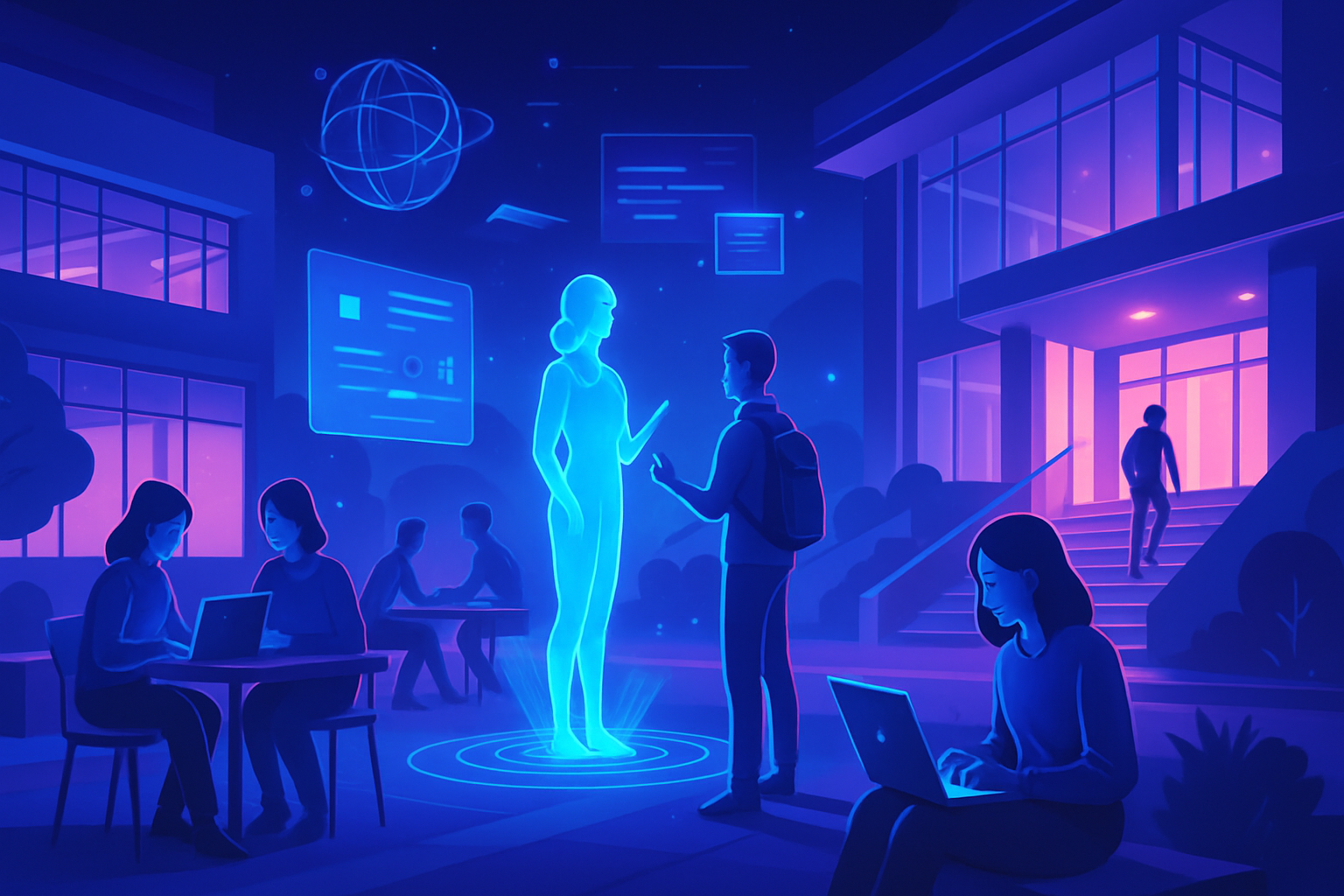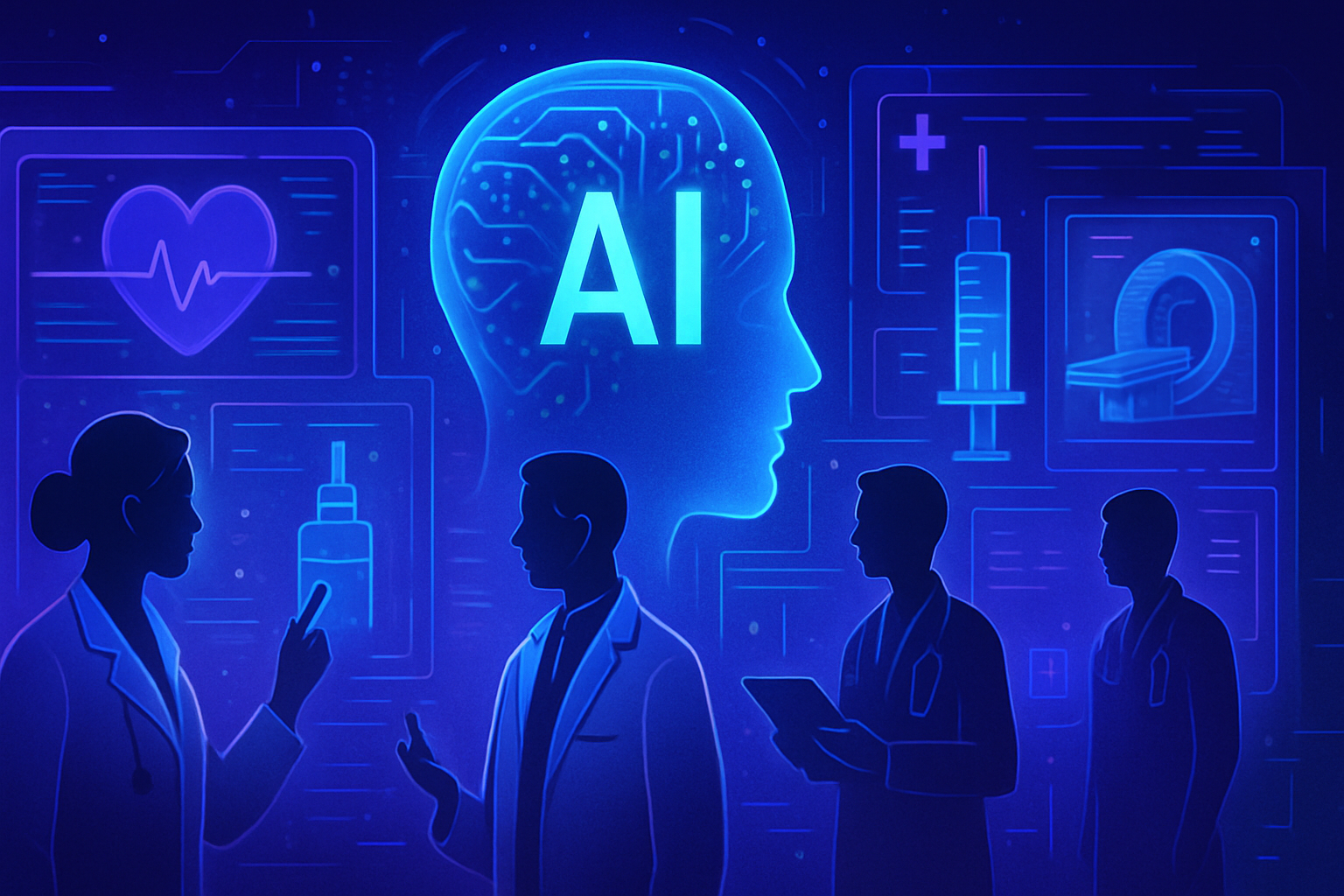A springboard to enrich the student experience represents an unprecedented opportunity to refine learning and academic engagement. Universities must increasingly instill initiatives conducive to *interdisciplinary collaboration, fostering the emergence of creative and innovative projects. Students, in search of meaning and authenticity, aspire to benefit from a stimulating environment that transcends the traditional boundaries of disciplines.
The interaction between different fields of knowledge constitutes a driver of *personal transformation and professional development. Establishing spaces conducive to exchanges encourages *critical reflection, essential for shaping informed and responsible individuals. This dynamic environment also fosters synergy among students, as well as an authentic connection with the faculty.
Role of Student Advisory Groups
The creation of the MIT School of Computing Student Advisory Group in April 2020 represents a significant advancement towards better student representation. This group consists of 25 undergraduate students from various computer science, engineering, and related disciplines. Their contributions prove valuable to the school’s leadership.
Members of this group share their experiences and provide constructive feedback. They actively participate in monthly discussions with leaders such as Dean Dan Huttenlocher. These exchanges help identify challenges impacting the student experience and bring relevant recommendations.
Interdisciplinarity and Collaboration
Students bring a variety of perspectives on topics related to computer science and Artificial Intelligence (AI). This diversity fosters enriching discussions, essential to the school’s mission, which advocates for interdisciplinarity. Group members, like Julia Schneider, exemplify this spirit by integrating knowledge from different fields such as robotics.
These interactions also lead to the creation of targeted sub-groups, aimed at addressing specific college objectives. For example, initiatives such as the public lecture series aim to expose students to diverse research, thus stimulating their curiosity and academic engagement.
Innovation and Improvement of Spaces
A notable aspect of the Advisory Group’s engagement is its consultation with architects in designing new facilities. During a meeting, suggestions from members led to a rethinking of the interior layout of the building housing the school, in order to encourage collaborative workspaces.
Space optimization reflects students’ needs, often expressed by group members. These efforts have resulted in arrangements that enhance social interaction and learning, thus responding to clear demands from the student community.
Innovative Tools for Students
A significant initiative emerges from this group with the creation of NerdXing, a course visualization tool. Designed to facilitate navigation through the vast selection of courses, it allows students to explore the academic pathways of their peers. This project illustrates students’ ability to transform their experiences into concrete solutions.
NerdXing relies on recent data to propose enriching course combinations. Thus, a computer science student can discover a music course related to their program, thereby broadening their academic horizons.
Feedback and Reactions from the Administration
The opinions of Advisory Group members have a direct impact on the school’s strategic decisions. Dan Huttenlocher, the school’s dean, views this feedback as essential for adjusting the program offerings and addressing student concerns. His regular interaction with these students enriches the educational vision of the school.
Asu Ozdaglar, Vice Dean of the school, emphasizes how valuable these meetings are. The collaborative platform provided by the group allows for gathering valuable insights on the student experience, thereby guiding future initiatives of the school.
Ultimately, this collaborative dynamic exemplifies a striking example of how students, armed with their expertise, can positively influence their academic environment. Such an initiative not only rewards student engagement but also enhances the quality of education provided by the school.
FAQs – Springboard to Enrich the Student Experience
What are the benefits of participating in academic advisory groups?
Participating in academic advisory groups allows students to voice their opinions on important issues, engage with the administration, and have an active voice in improving the student experience.
How can arts be integrated into a technical education?
There are many opportunities to integrate arts into a technical education, such as interdisciplinary courses, collaborative projects, and initiatives that promote interactions between engineering and arts departments.
What is the importance of peer networks in enriching the academic experience?
Peer networks provide social support, course recommendations, and collaboration on projects, enriching not only the academic experience but also the personal journey of students.
How can students propose ideas to improve campus life?
Students can submit their ideas through discussion groups, committees, or suggestion boxes set up by the university to gather constructive feedback on the student experience.
What types of projects can be initiated to foster collaboration between disciplines?
Interdisciplinary projects can include hackathons, conferences, collaborative workshops, and exchange programs between departments, thus encouraging an integrated approach to knowledge.
What resources are available for students seeking to enhance their learning outside of classes?
Resources include seminars, lectures, study groups, student clubs, and research projects that allow students to explore themes beyond the standard academic curriculum.
How does the student experience influence professional success post-graduation?
A positive student experience, rich in interactions, practical learning, and development of interpersonal skills, can significantly contribute to confidence and employability opportunities after graduation.
What is the importance of open communication between students and administration?
Open communication fosters better understanding of the challenges faced by students and allows the administration to continually adjust and improve policies and resources to meet the needs of the student body.




